OU News
News from The Open University
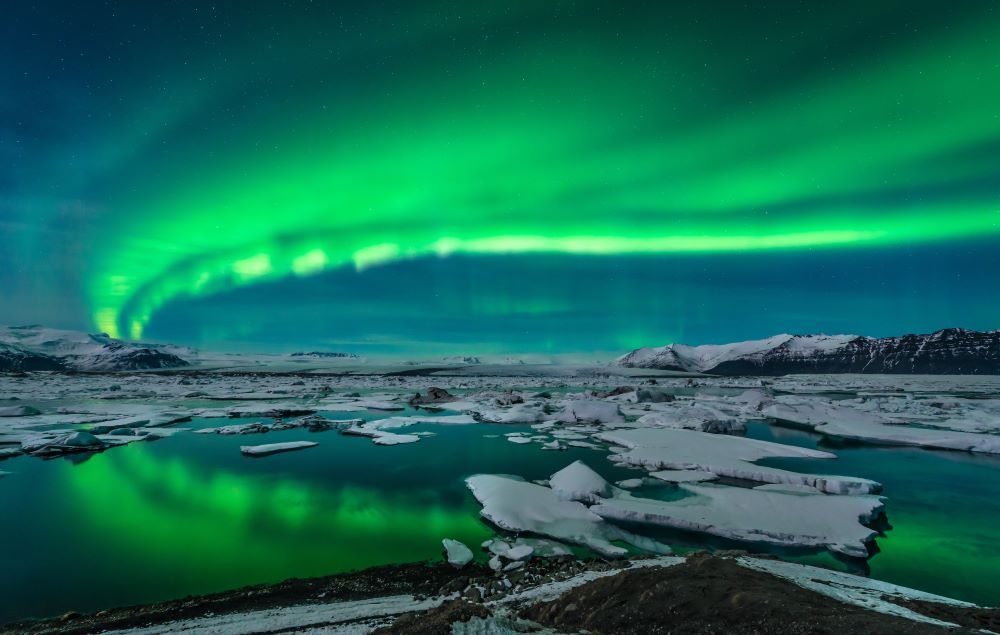
Newly detected green light similar to the Aurora Borealis observed around Mars
Open University (OU) scientists, as part of an international team, have identified a never-before-seen, green glow surrounding Mars with the same characteristics as the Aurora Borealis, also known as the Northern Lights. Using the NOMAD-UVIS instrument onboard the ExoMars Trace Gas Orbiter (TGO), a joint space mission between the European Space Agency (ESA) and Roscosmos, […]
Read more about Newly detected green light similar to the Aurora Borealis observed around Mars

Apollo 17 sample leads to new discovery of the Moon’s evolution
An international team of scientists, including Mahesh Anand, Professor of Planetary Science and Exploration at The Open University, have discovered new evidence that massive impact events formed large portions of the Moon’s crust. According to research, published today in Nature Astronomy, the formation of ancient rocks on the Moon may be directly linked to large-scale […]
Read more about Apollo 17 sample leads to new discovery of the Moon’s evolution
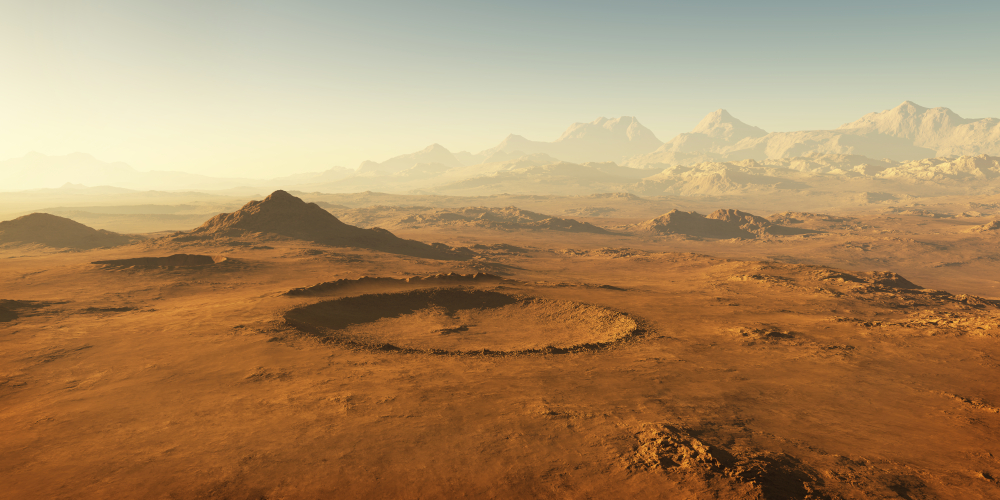
Ancient rivers on Mars more than 3.7 billion years old
Scientists from around the globe have discovered evidence of ancient rivers on Mars more than 3.7 billion years old, using high-resolution 3D imaging data. Sedimentary rocks, found in a 200-metre high Martian rocky cliff, formed by the ancient rivers proves that water was not only present on Mars, but the rivers were probably active for […]
Read more about Ancient rivers on Mars more than 3.7 billion years old

The Sun: study shows it’s less active than sibling stars – here’s what that could mean
Andrew Norton, Professor of Astrophysics Education at The Open University, writes about the magnetic activity on the Sun and what this could mean. All stars emit varying amounts of light over time – and the Sun is no exception. Such changes in starlight can help us understand how habitable any planets around other stars are […]
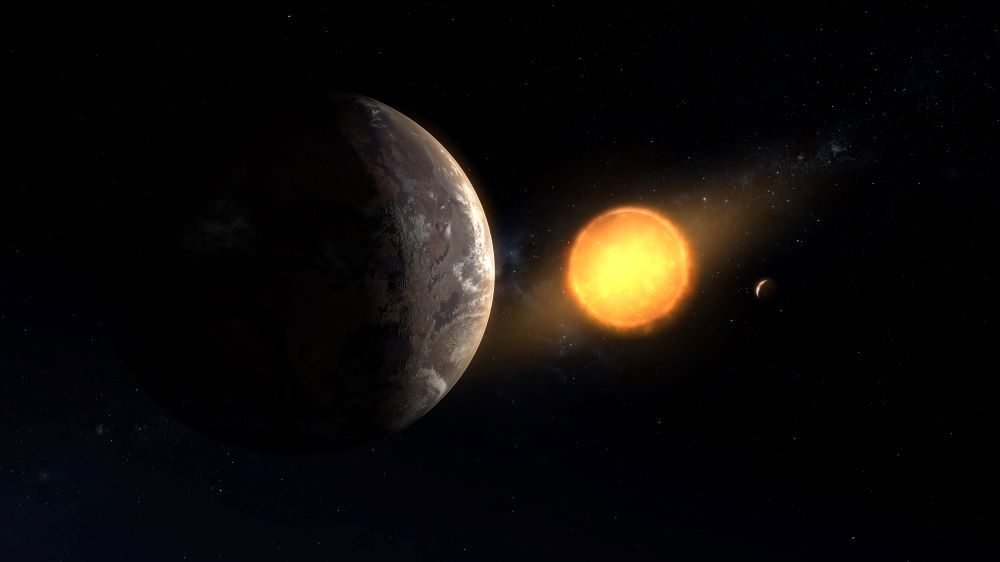
New, Earth-sized planet found in habitable zone
A team of scientists from around the world have discovered an Earth-size exoplanet orbiting in its star’s habitable zone, the area around a star where a rocky planet could support liquid water. Scientists from The Open University, NASA, University of Texas, SETI Institute and the Harvard-Smithsonian Center for Astrophysics discovered a new planet, called Kepler-1649c, […]
Read more about New, Earth-sized planet found in habitable zone
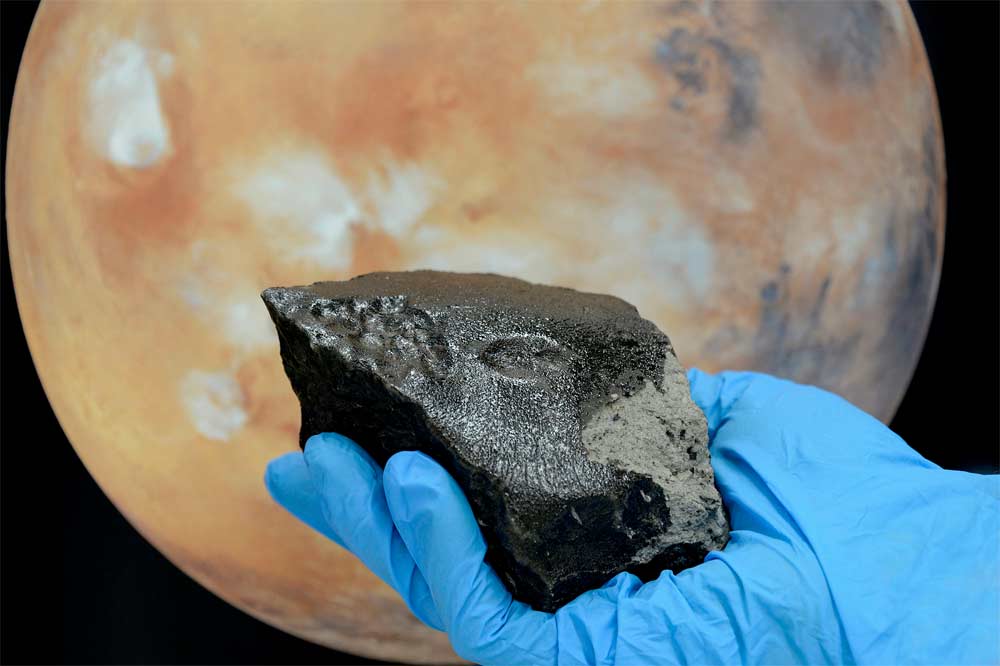
OU researchers discover ancient water reservoirs inside Mars
A team of researchers, including scientists from The Open University (OU), have discovered ancient water reservoirs inside the mantle of Mars. OU researchers Professor Mahesh Anand, Dr Ian Franchi, Dr Susanne Schwenzer and Dr Jessica Barnes, a former student at the OU and an Assistant Professor at the University of Arizona, worked as part of […]
Read more about OU researchers discover ancient water reservoirs inside Mars
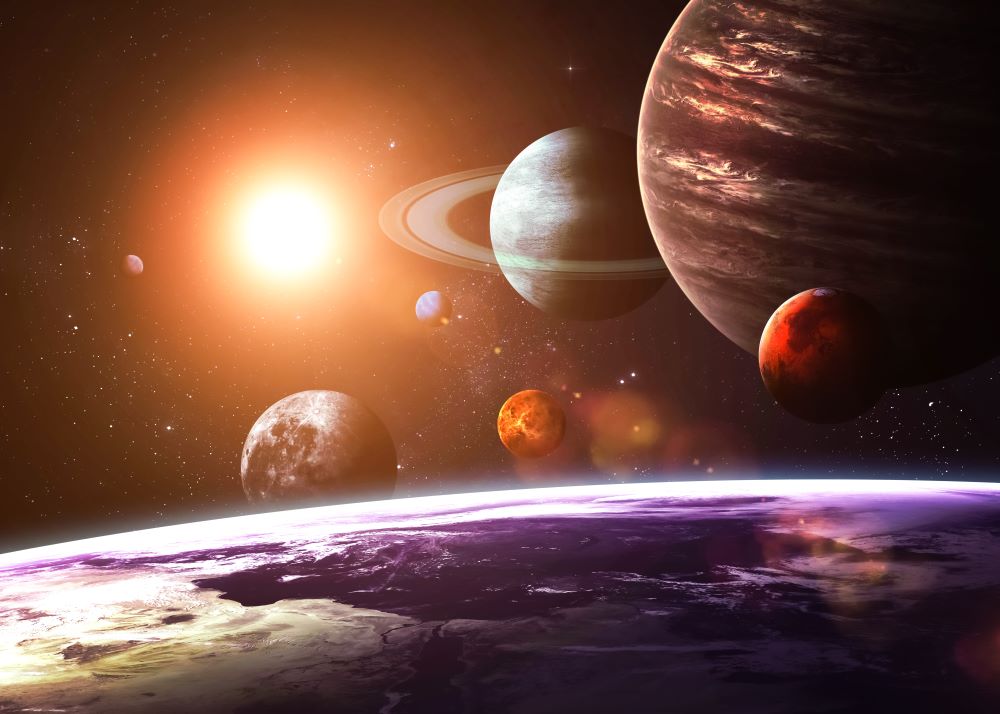
OU awarded £2.5 million to further success in planetary sciences
The Open University (OU) has received £2.5 million from the Science and Technology Facilities Council (STFC) to fund research in planetary sciences, building on the university’s 50 years in space science. Scientists from the School of Physical Sciences have been awarded the grant to further their research in the origin and evolution of the Solar […]
Read more about OU awarded £2.5 million to further success in planetary sciences
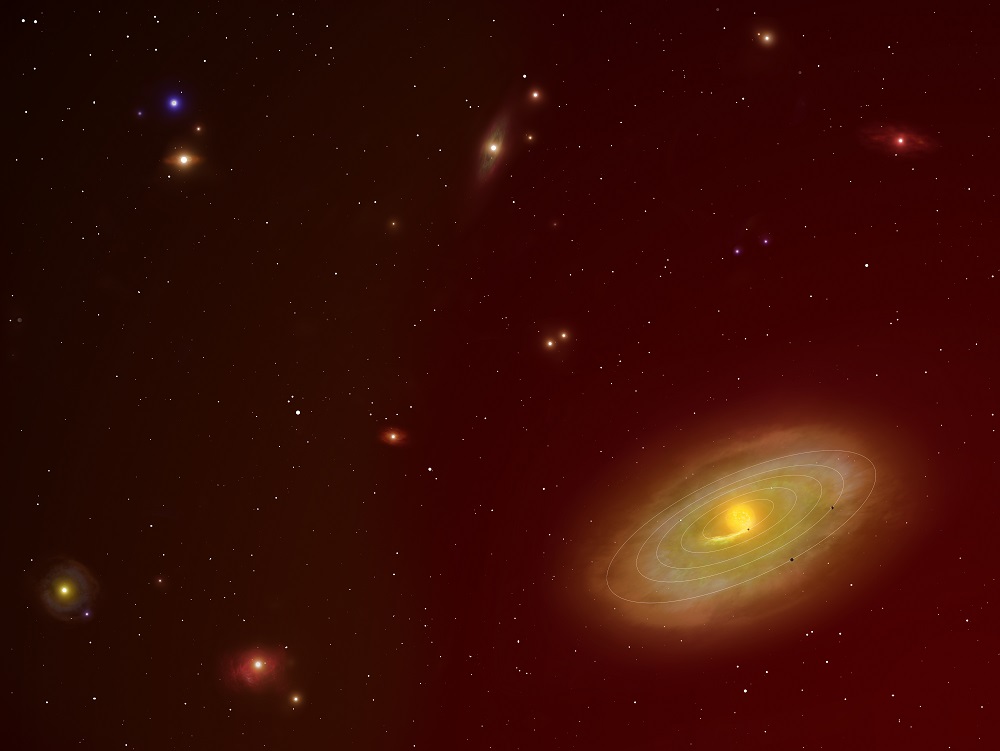
OU researchers make new discoveries set to reveal the geology of planets outside our Solar System
Three OU astronomers today announce ground-breaking discoveries allowing scientists to understand planets outside our Solar System. Professor Carole Haswell, Dr Daniel Staab and Dr John Barnes discovered three, new, nearby planetary systems. Research led by Professor Haswell found the exoplanets – planets outside the Solar System – as part of the Dispersed Matter Planet Project […]

Professor Monica Grady named as Liverpool Hope University’s new Chancellor
Leading space expert Professor Monica Grady is to become Liverpool Hope University’s new Chancellor. Monica Grady is Professor of Planetary and Space Science at The Open University and is known for her work on meteorites. She was awarded a Doctor of Humane Letters honoris causa by Liverpool Hope during the Summer 2019 Graduation celebrations. As […]
Read more about Professor Monica Grady named as Liverpool Hope University’s new Chancellor

OU team gives go ahead to bring Mars’ moon pieces to Earth
A UK team led by the Open University has given the green light for Mars’ moon material to be transported to Earth as part of a forthcoming mission. The team, led by the OU’s Dr Manish Patel, a renowned expert on Mars exploration, gave the thumbs up for a new Japanese mission to bring pieces […]
Read more about OU team gives go ahead to bring Mars’ moon pieces to Earth
Page 4 of 11